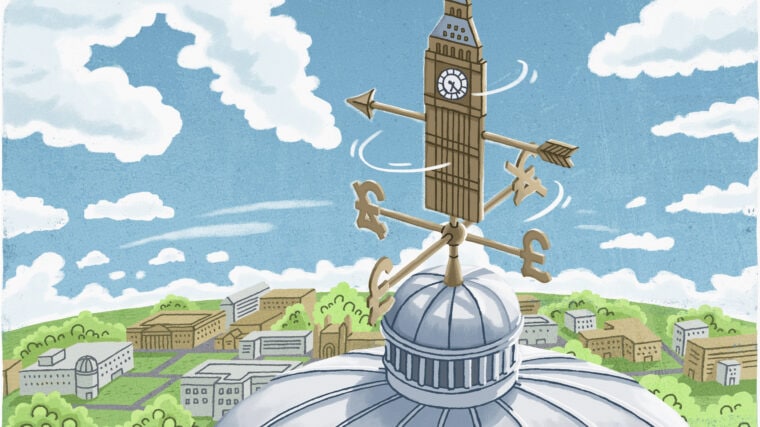On Thursday last week Jarvis Cocker told us that arts provision in England was facing an “astonishing” fifty percent cut. He was so right about Sheffield Sex City, how could he be wrong about university funding?
Of course, he was wrong about university funding. An unusual statement from the Office for Students reminded us that the bulk of arts funding did and would continue to come from tuition fees (£9,250) and the issue under consultation was whether a premium offered per student for some arts provision would be cut from £243 to £121.50 – and that another specific funding stream for a range of specialist institutions (including arts colleges) was rising by £10m.
And that’s the thing. Specialist providers – largely, but not entirely, arts focused – already see more income from teaching per student than most other providers in the UK. It is creative arts provision in other providers, especially at non-research intensive providers in London, that is at risk.
Do you remember the first time?
Reaching for the handy summary of provider finances and student numbers in the HESA Estates data set for 2018-19 (the last “normal” year), I’ve plotted the amount of teaching income per student (FTE) on one axis and the amount of research income per staff (FTE) on the other. The size of the dots shows the number of staff.
The advantage of being this unsophisticated is that we are bringing in a number of related funding streams in one comparison. Fee loan income from undergraduates, postgraduate fees of all sorts, and funding council top-ups rub shoulders with income from short courses and specialised contracts. “Students” literally refers to all students – and the equation that joins research income (national, international, charitable, industrial) with (all) staff is less about research performance than financial sustainability. A recent paper about elite university advantages in China used a similar methodology.
But any visualisation is only as good as what you can see in it. And there is a lot to see here. For instance, check out the golden triangle (as an actual golden triangle at the left) – Oxford, Cambridge, UCL, and Imperial pulling in research funds and postgraduate fees from everywhere, supporting a huge cadre of academic and professional staff. A further group of “research intensive” universities (King’s College, Manchester, Glasgow, Edinburgh, Queen Mary, Sheffield, Bristol) sit further down the main trend line. Or the Welsh, Scottish and Northern Irish universities, broadly competitive on research income but consistently lower on funding linked to teaching.
Roadkill
The specialist provider thing is one of those counterintuitive findings that makes you stop and think. Of course, the proposed cuts to “high cost” subject funding for the arts applies to undergraduates art students in all kinds of institutions – most arts provision is outside of the specialist sector – with huge swathes of it in post-92 providers.
In a way, we could argue that additional funding for arts teaching (and specialist provision) is a replacement for the lack of funding for arts research or for arts practice. Generations of artists, musicians, actors, and dancers – after all – have taught (inside and outside higher education) in order to sustain both a career and a life. This kind of deliberate cross subsidy made a kind of twisted sense when research and teaching funding flowed from the same source – in 2021 it feels like a relic.
Help the aged
The Arts and Humanities Research Council distributed around £140m last year – Innovate UK, in contrast, distributed £1,265m. Research England’s QR stream (and similar allocations from the rest of the UK funding councils) play a large part in the sustainability of the sector. Here’s the 2019-20 allocations (preset to UOA35, but you can examine any other arts subjects with the filter – I’ve not included the sub-profile splits for ease of reading).
Here we see the Russell Group and other pre-92 providers make the best showing for research funding in “music, dance, drama, and the performing arts”. As QR is focused on research quality and research volume, larger providers and those with a more established research culture do better.
What I’m forced to conclude is that there is a large volume of creative arts provision that will benefit neither from post REF2021 research funding nor allocations for specialist providers either in the current or postulated form. And that is a concern.













